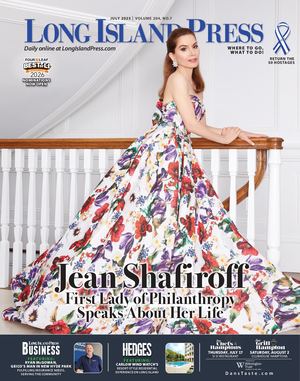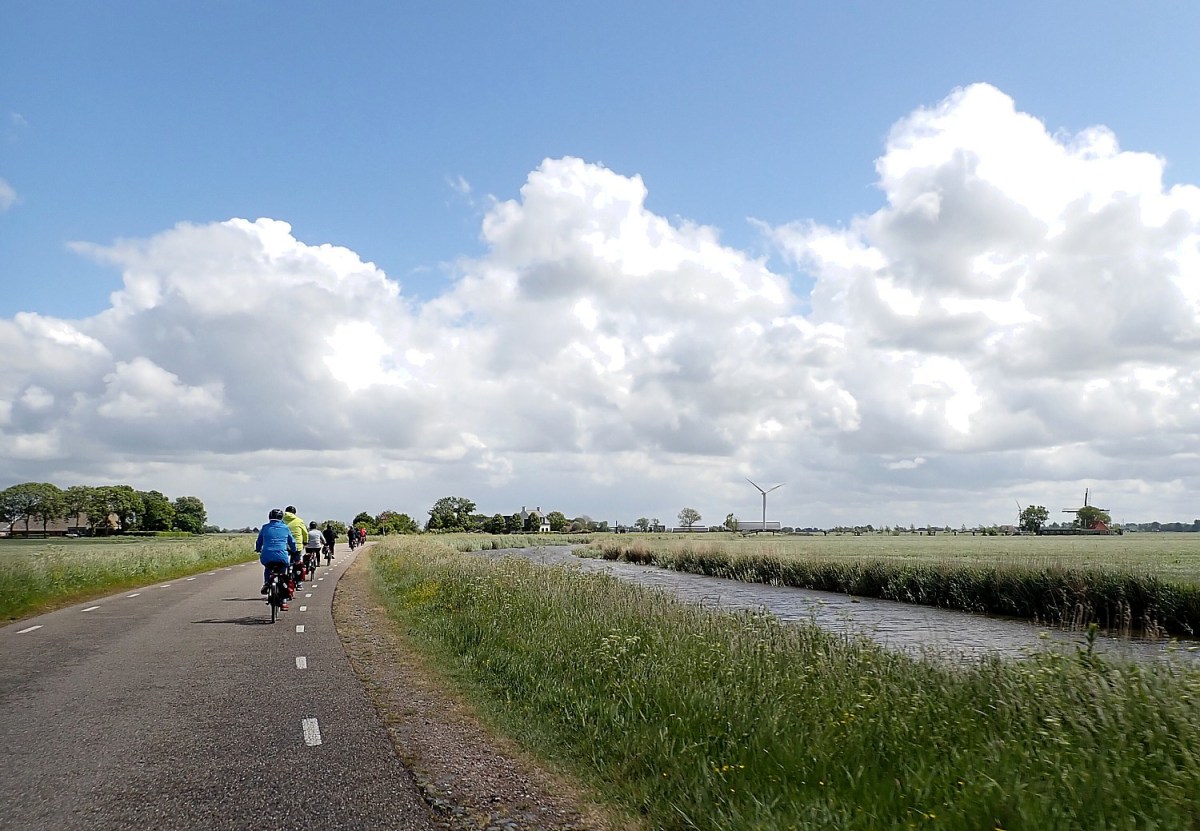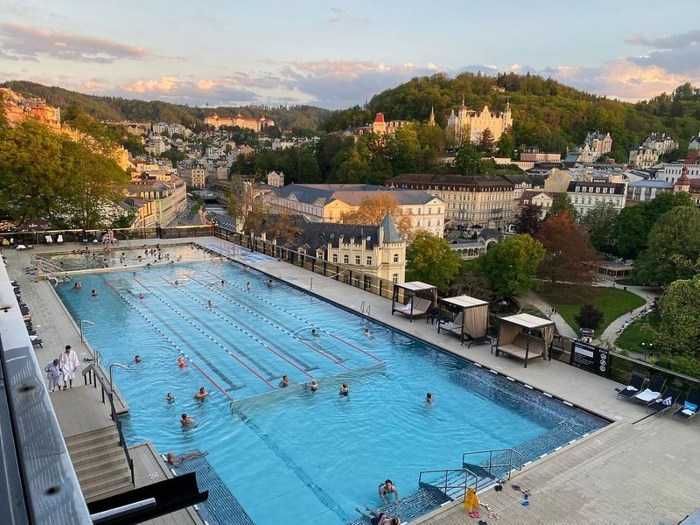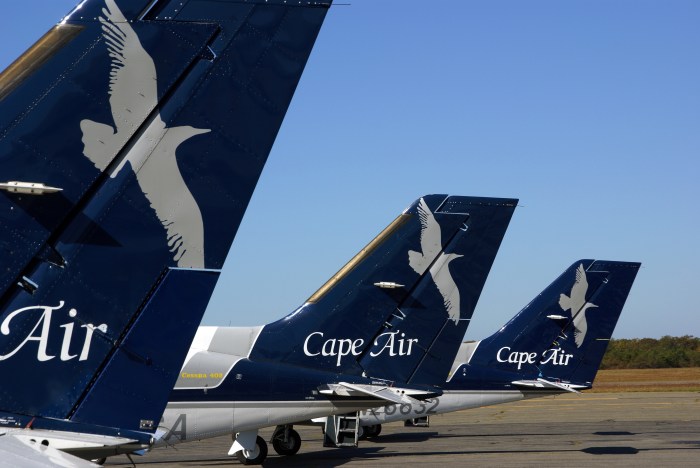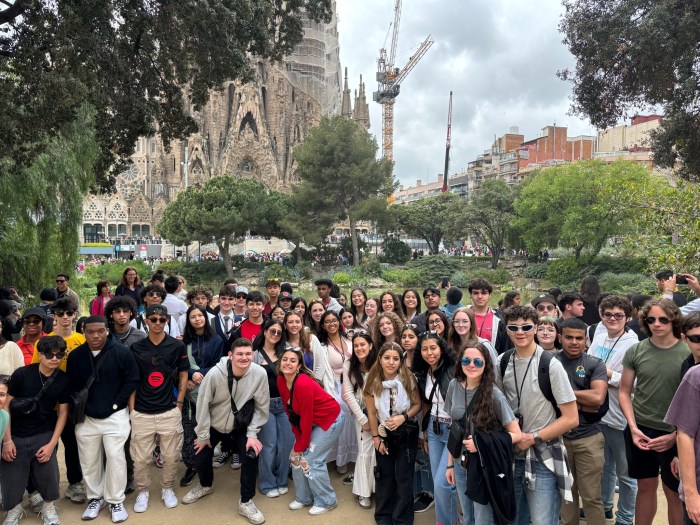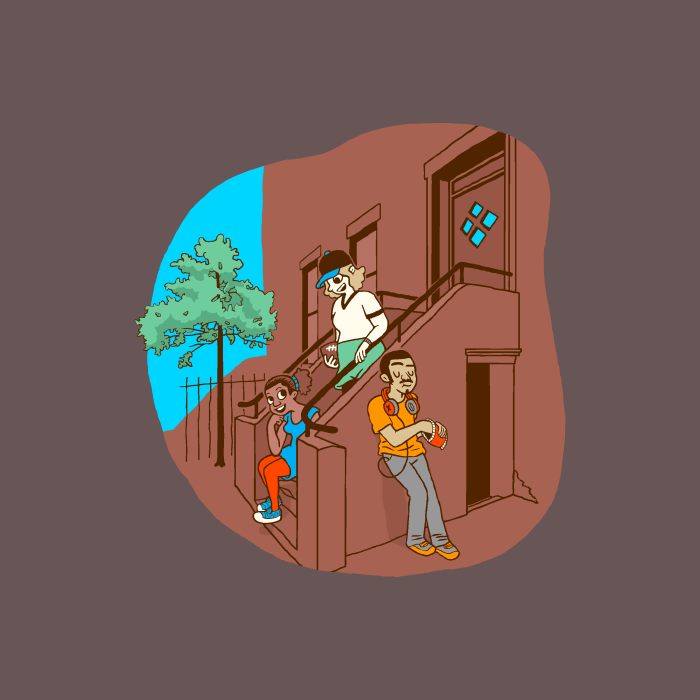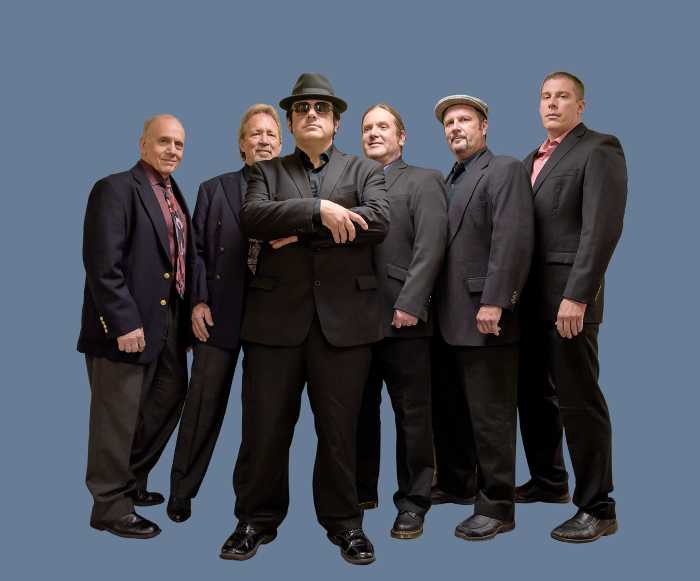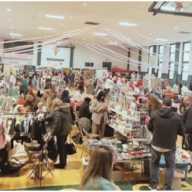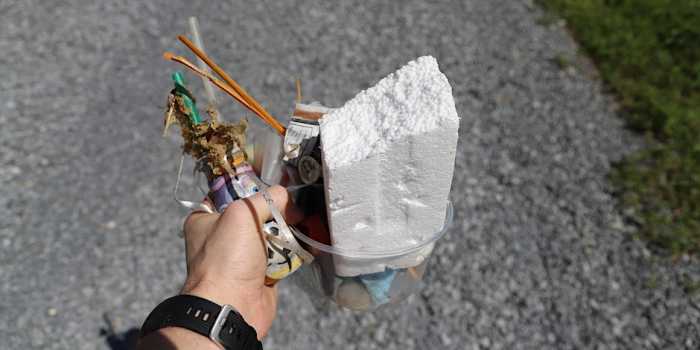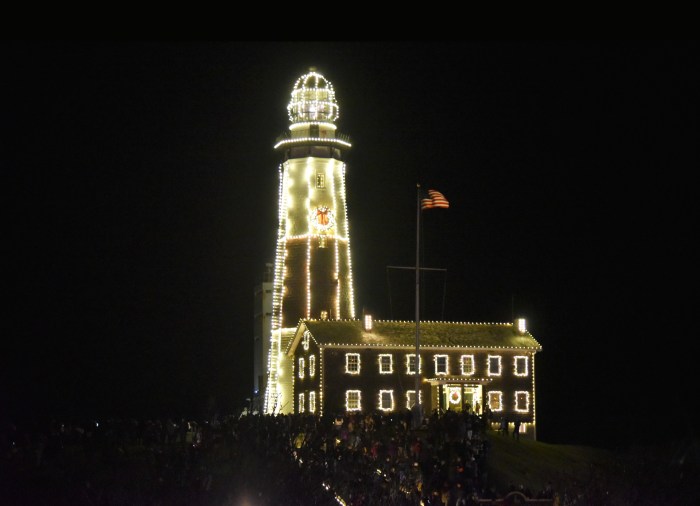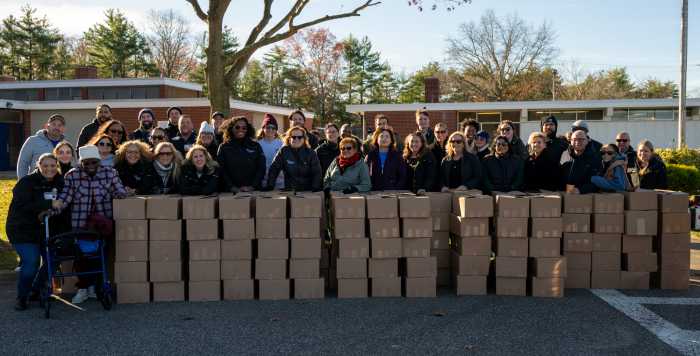By Karen Rubin, Travel Features Syndicate, goingplacesfarandnear.com
The Netherlands has to be the best destination on the planet for biking. It isn’t just the ubiquitous biking culture (you are greeted at Schiphol Airport with the sign, ”There are more bikes in the Netherlands than people”) and infrastructure that gives as much, if not more, preference to bikes over cars; the mostly flat landscape, but on top of all are the stunning landscapes, the architecture, the quaint villages, and how the Dutch show such pride and honest reflection in their heritage, culture and history.
This is my second trip with Boat Bike Tours, a Netherlands-based operator with decades of experience combining biking with boating. I loved the Bruges to Amsterdam bike-boat trip so much, I eagerly signed on for its eight-day Islandhopping Premium tour that would bring me north on a four-masted sailing ship to bike the ports and islands of Lake Ijsselmeer and the Wadden Sea, so central during the Netherlands’ Golden Age of Sail.
I expect to see stunning pastoral scenes and bike through quaint villages, and to be astonished by the preservation of architecture from the 1600s (the dates and decoration proudly displayed). But I am (yet again) delighted by the cultural sites and excursions Boat Bike Tours organizes, particularly Ecomare, a marvelous seal sanctuary we visit on our ride around Texel that offers superb lessons in ecology and climate change (I race back using the RideGPS app in time to visit the Museum Kaap Skil in Oudeschild where the ship is docked, which features mind-blowing artifacts rescued from 400-year old shipwrecks) and the utterly astonishing Eise Eisinga Planetarium in Franeker, the oldest working planetarium in the world, built on the living room ceiling of its genius creator that continues to amaze (and still works!) just as it did when Eisinga finished it in 1781. (Also, be sure to arrange time – 2-4 hours – either before you embark or after you disembark in Enkhuizen to visit the Zeidersee Museum, which is a living history museum formed as an entire village. Best to arrive in Enkhuizen the day before.)

And then there is the pure joy of biking on the most extensive, expansive network of biking paths and roads probably anywhere in the world (even when you ride in town with cars, drivers are very considerate). For the most part, the paths are flat, though I must admit, I did not consider the force of the wind on the northern islands when I chose to ride a regular hybrid when most everyone else has an e-bike. (It’s Netherlands, I thought to myself, how hard could biking be? The fact that Netherlands is so identified with its historic windmills and sailing ships, and today’s battalions of wind turbines should have been a clue.) But I power through, cheered by my newly acquired and supportive brethren (I estimate I only slow them down by five minutes or so.)
Biking epitomizes the appeal that has become a trend of “slow” (and “responsible”) travel at a perfect pace to be constantly interested in what is around, slow enough to really see and even “smell” the roses. Indeed, without a window as a barrier, you can feel the fresh air; hear the wind and the sea, the bleating of sheep and goats as we ride passed; smell the trees and the fields. Meanwhile, the physicality of biking after 20-35 miles– even with an e-bike (which is not like a motor scooter but just boosts the power of your pedaling) sets the endorphins firing and gives you a physically satisfied sensation when you complete the ride.
Slow travel also maximizes the benefits of travel while minimizing the adverse impacts of tourism on the local population and environment.
The only thing better than biking in the Netherlands is biking by boat, compounding the advantages of “slow travel,” especially with a ship that uses biodiesel You can certainly enjoy biking in the Netherlands with an inn-to-inn itinerary, guided or self-guided. But doing it by boat adds an extra dimension, an ambiance (not to mention you don’t have to pack/unpack each day).

Seeing Netherlands by boat adds to the experience because sailing – that is global trade – was so important to the Netherlands and you see the islands, villages, ports as they were meant to be seen. Indeed, I am astonished when I arrive at the embarkation port, Enkhuizen and see scores of sailing ships – tjalks, fluyts, sloeps, aaks, botters, skutsjes, the traditional flat-bottomed ships designed for navigating the shallow waters of the Frisian Lakes – some 100 years old, that instantly make you think you have been transported back to the Golden Age of Sail.

Our ship, Leafde fan Fryslân, claims to be the only four-masted schooner in Dutch waters. It didn’t start out that way, though. Built in 1962 to carry freight on the Baltic Sea, the barkentine was converted into a luxury three-mast passenger ship in 2006. Then, over the winter of 2023-2024, it was cut into two and extended with a 14-meter (46 ft.) section and a fourth mast installed. The ship is now 210 ft. long, 24 ft. wide, with a sail surface of 2494 sq ft.

Our captain, Age, would have been right at home in that Great Age of Sail. We are in awe how he maneuvers this huge ship into the tight corners to park at the dock in a crowded harbor (another wonderful feature of this tour is that we always are able to walk on/off the ship into the village and have walking tours in each place).
The captain is helped by his all-purpose first mate, Lukasz, who lets us help raise the sails after giving us a safety speech that basically says he will do all the tough stuff, and describes himself as a “monkey” (we soon see why). On the days when we are able to sail (one day is spent sailing not biking), we are able to experience the exquisite, peaceful feeling of being under sail while the sea swirls.
The 38-passenger ship is very comfortable with 20 cabins including 4 suites on the upper deck (that have double glass sliding door and a small private balcony); all with private bathroom and air conditioner. There is a very pleasant dining room/bar on the middle deck where we enjoy sumptuous meals prepared by Chef Peter, served with white linen tablecloths, cloth napkins and beautiful china and crystal. There is also a cozy lounge area in what would have been the wheelhouse. I am surprised by how good the Wi-Fi is.
There is always coffee, tea and hot chocolate available, and we can help ourselves to wine and beer on an honor system, paying the bill on the last day.
Everyone agrees that the cuisine prepared by Chef Peter, who I would have to say is the most unpretentious gourmet chef I have ever encountered, is remarkable. He prepares dishes with scrumptuous flavor (but not overly so) and gorgeous presentation befitting a fine-dining restaurant, and then would come out with a platter to ask if anyone wanted seconds.
Each evening after dinner we are given an orientation to the next day’s program and then typically invited to join a walking tour of the village.
Each day, we set out after breakfast, having packed snacks and lunch, and are able to choose long or short routes, or we can bike on our own using the itinerary loaded on the RideGPS app. We divide into two groups – for long or short rides – each led by one of the guides with one of us volunteering as “sweep.”
Each afternoon, we typically have time to wander about the village (if we are not sailing to the next destination) and help ourselves to a snack, coffee, tea and hot chocolate, before dinner.
On a guided bike tour besides the benefit of a guide who may modify the route for the weather or point out significant sights, you have the camaraderie of the group. And for some reason, bike tour people tend to be the nicest, kindest, most open and interested in all that they experience
Our group on this Islandhopping tour is particularly great, instantly melding into a community supporting each other. This is especially interesting because we come from various parts of Britain, Germany, Canada (French and English speaking, East and West), Denmark, and from the East, Midwest and West United States. The Germans, the Dane and the Quebecois all are kind enough to speak English when we are together. And instead of sticking to their own nationality, everyone mixes up at meals, with the couples taking in the three of us traveling solo (bike tours are ideal for solo travelers). In the evening, there would be raucus laughter as people play games and share stories (two couples discovering they shared their wedding anniversary and how they both met at a disco).

More amazingly, I subsequently learn during an evening walking tour of Makkum, that a fellow traveler is descendent of the Trip family – one of the founding members of the Dutch East Indies Company (the first company to issue public stock) and munitions manufacturers that supplied the Dutch revolt against Spain, becoming one of Netherlands’ most powerful and fabulously wealthy families. He even has an actual coat of arms and portraits of his ancestors Jacob Trip (1576-1661) and his wife, Margaretha de Geer, painted by Rembrandt are in the National Gallery and Ryksmuseum. He is like the embodiment of the history that we see around us. He relates his family’s fascinating story as we sat in a historic pub with centuries old Delpht tiles of great sailing ships, emphasizing that the family fortune had long gone and his side of the Trip family emigrated to Canada.
Getting to the ship in Enkhuisen proves extremely easy from Amsterdam’s Schiphol Airport (instead of arriving the day before as I usually do, I take a chance and just arrive the same day). From the airport, you walk to the train that takes you into the Central Station (every 15 minutes) then change at the Central Station for a train leaving every half hour for the hour-long trip to Enkhuisen. (Be sure you buy the ticket in advance online or at a ticket machine and “check in” on a pole before you get on the train, otherwise you can be charged an extra 50E for the 16E fare if the conductor has to issue the ticket; I know because I didn’t and the conductor was extremely nice in helping me buy the ticket onboard),
The harbor is right at the station, and the ship about a five-minute walk.
We are told to arrive on the ship by 2 pm and they mean it, because the ship sails this afternoon to Medemblik. Two couples are touch and go to make it on time.
And We’re Off!

There is great excitement as we cast off and set sail to our first destination, Medemblik. It is exciting to see the landscape from the water, and when we pull into port, the sun is low enough to make gorgeous silhouettes of the historic windmill.
Because we are heading into the wind, we use the motor (biodiesel!) instead of raising the sails (Captain Age explains a ship of this size would take a mile each time it had to tack). I am extremely happy I remembered my warm jacket.
Each evening after dinner there is an orientation to the next day’s biking and touring, and then typically an 8 pm walking tour.
And so we are met with a two local guides who walk us about, explaining the history and significance of this place.

We learn that William II came with army against farmers in 1256 and in 1289, Medemblik was made a city. William built the castle that is a prominent feature here that was less about keeping out invaders and more about keeping the citizenry inside. Most of the castle remains – one of only two castles that have survived from the 12 William built. Rembrandt’s famous “Night Watch” was kept here for protection during World War II.
Despite invading this land, William wound up being a popular ruler because he built the dykes that reduced flooding and produced better farm yields – turning the land into the shape of a bathtub – and built a court and prison.
Medemblik became an important trading city in the 1500-1600s during Netherlands’ Golden Age, with tall ships sailing to Eastern Europe and Scandinavia.
But in 1932, when the dam was built, splitting the Zuiderzee into Lake Ijsselmeer, Medemblik lost most of its trade because the big sailing ships could not get in; the water turned from salt to fresh (they had to devise a system to allow for fish migration. (I wonder how the people reacted to entire economy being remade.)
Eight years ago, the city built a 250-meters high wind turbine, apparently the biggest in Europe (I gather the locals aren’t thrilled, especially since he says the electricity produced is used mainly by Google and Amazon).

Our guide shows us churches that changed from Catholic to Protestant after Holland’s independence from Catholic Spain, and the orphanage and the housing for widows the church community built.
The church dates from 1100 but was built to a grand scale in 1400; then in 1517, the city was invaded by the Frissons who burned the city down. The church was rebuilt but its steeple leans (like Piza). This church dates from 1570.
Churches were typically built on the highest points in town – which in this case is two meters below sea level – so if the city should flood, everyone would go there to seek shelter. In 1945, the Germans bombed the dykes, flooding the city.
In 1800, Napoleon conquered the Netherlands, which had been a republic (first in the world! our guide Anya tells me) and made his brother, Louis, the first King of The Netherlands.
Day 2: Medemblik (17 mi. or 24.8 mi. roundtrip) then sailing to Texel
This is our first cycling day – each day we have a choice of a long and a short route and today we can choose 24.8 or 17 miles with a group and guide, or go on our own using the RideGPS app.
Medemblik proves to be so idyllically scenic with classic Dutch pastoral scenes. Our “rest stop” is at a farm, where the farmer has left out a serve-yourself coffee maker and provides a lovely bathroom. I note an interesting playground that is inhabited by goats (really anxious to get snacks from us) and chickens.

We soon appreciate how water management has been a singular preoccupation of the Dutch for centuries and how they have become masters at it. This entire community is below sea level – built behind dykes – as if a bathtub. The quaint, centuries-old wooden windmills were part of that water management system and today there is even a separate government agency and tax devoted to water management.

We ride through the picturesque village of Twisk, a former peat mining town.
We finish the long ride about 2:15 pm, so I still have some time to wander about the charming village center before the ship sails at 4 pm for Texel (we will have dinner while we sail)..
Sailing is picturesque and dramatic – we go by the dam that split the sea, through a lock, and sail into Texel as the sun is starting to drop behind its historic windmill, making for a stunning scene.

I go out for a walk – you literally climb stairs to get over the dyke, then down stairs into the town of Oudeschild (below sealevel), then, a few steps beyond, to vast fields with sheep and back again to stroll along the dyke as the sun goes down.
More information: Boat Bike Tours, www.boatbiketours.com, 203-814-1249.
Next: Boat BikeTours’ Islandhopping in Netherlands: The Treasure Found on The Texel Roads
_____________________________
© 2025 Travel Features Syndicate, a division of Workstyles, Inc. All rights reserved. Visit goingplacesfarandnear.com and travelwritersmagazine.com/TravelFeaturesSyndicate/. Blogging at goingplacesnearandfar.wordpress.com and moralcompasstravel.info. Visit instagram.com/going_places_far_and_near and instagram.com/bigbackpacktraveler/ Send comments or questions to FamTravLtr@aol.com. Bluesky: @newsphotosfeatures.bsky.social X: @TravelFeatures Threads: @news_and_photo_feature
